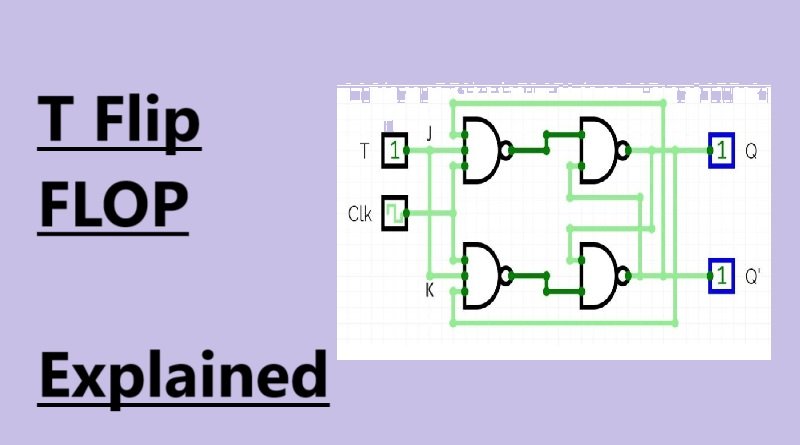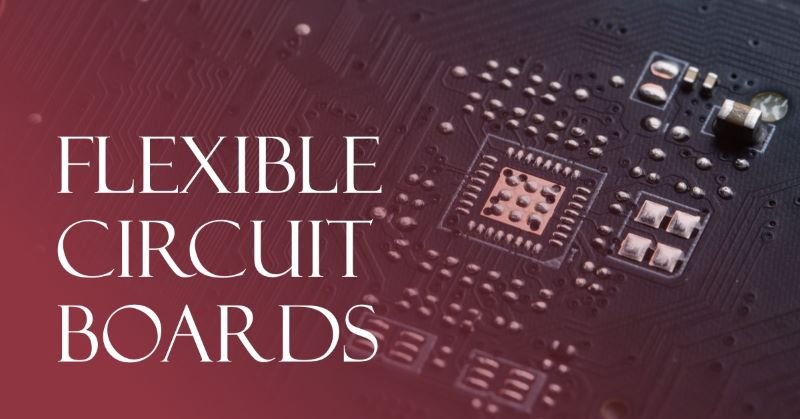Why do Multilayer PCBs always have an Even Number of Layers?
The number of layers in a printed circuit board (PCB) can significantly impact its performance, cost, and manufacturability. While PCBs can be manufactured with either an even or odd number of layers, there’s a notable preference for even-layered configurations in the industry. This preference is deeply rooted in several practical advantages that even-layered PCBs offer over their odd-layered counterparts.
Cost Efficiency
Despite the slightly lower raw material cost for odd-layered PCBs due to the absence of one layer of dielectric and foil, the processing cost for these boards is significantly higher. Odd-layer PCBs require non-standard lamination core bonding processes, increasing manufacturing complexity and risk. Manufacturers often consider even-layer designs as part of routine production, while odd-layer designs are viewed as special, requiring additional resources and leading to increased labor and trial-and-error costs.
Balanced Structure to Avoid Warping
PCBs with an odd number of layers are more susceptible to warping during the lamination process. The different lamination tensions between the cooling of the core structure and foil-clad structure can lead to significant warping, particularly as board thickness increases. Balanced lamination structures, characteristic of even-layered PCBs, help mitigate warping issues, ensuring efficient subsequent processing and assembly.
Enhanced Interference Resistance
The physical structure of a PCB multilayer board impacts signal transmission delay and interference. With an odd number of layers, the distance between the copper foil and substrate varies across layers, leading to increased interference and signal transmission delay. In contrast, even-layered PCBs maintain a relatively stable distance between copper foil and substrate, resulting in lower interference and more stable signal transmission.
Conclusion
In practice, the advantages of even-layered PCBs, such as cost efficiency, reduced warping, and enhanced interference resistance, make them the preferred choice for most applications. Designers often opt for even-layered configurations to streamline manufacturing processes, improve reliability, and ensure optimal performance. While odd-layered PCBs can fulfill specific requirements, they are typically avoided or designed to mimic even-layered configurations to mitigate challenges associated with their manufacturing and performance








